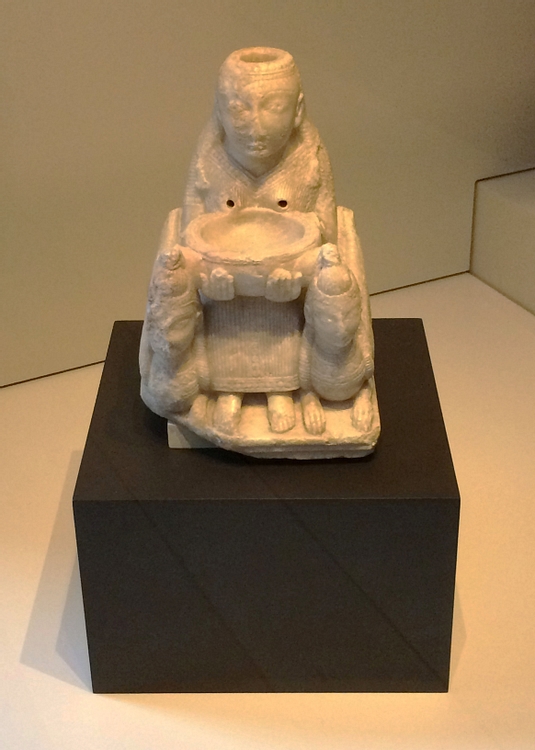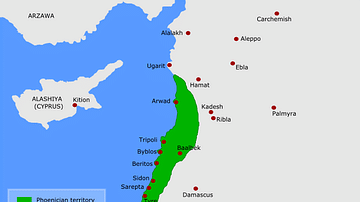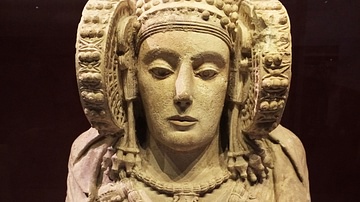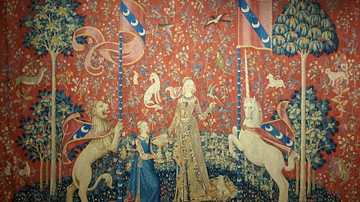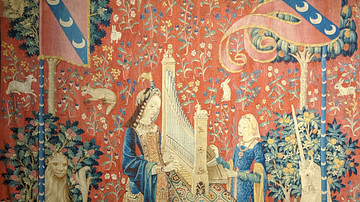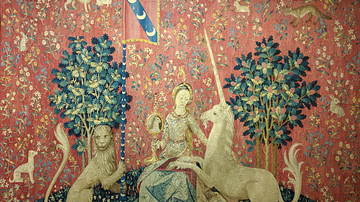Illustration
Made of alabaster, the "Lady of Galera" comes from the Necropolis of Tútugi, Zone I, Gave 20 (Galera, Granada) in Spain. This sculpture of an enthroned goddess is identified with Astarte. It was designed as a ritual container with a hollow head and bust for holding the sacred scented oil that was used to anoint the dead and thus ensure deification in the afterlife. Made at a Syrian-Phoenician workshop in the early 8th century BCE, it was reused by several generations before finally being deposited in a royal Iberian tomb identified as that of the founder of Tútugi in the late 5th century BCE. (Museo Arqueológico Nacional, Madrid)
About the Author
Cite This Work
APA Style
Wiener, J. B. (2017, November 03). The Lady of Galera. World History Encyclopedia. Retrieved from https://www.worldhistory.org/image/7549/the-lady-of-galera/
Chicago Style
Wiener, James Blake. "The Lady of Galera." World History Encyclopedia. Last modified November 03, 2017. https://www.worldhistory.org/image/7549/the-lady-of-galera/.
MLA Style
Wiener, James Blake. "The Lady of Galera." World History Encyclopedia. World History Encyclopedia, 03 Nov 2017, https://www.worldhistory.org/image/7549/the-lady-of-galera/. Web. 29 Jun 2025.

